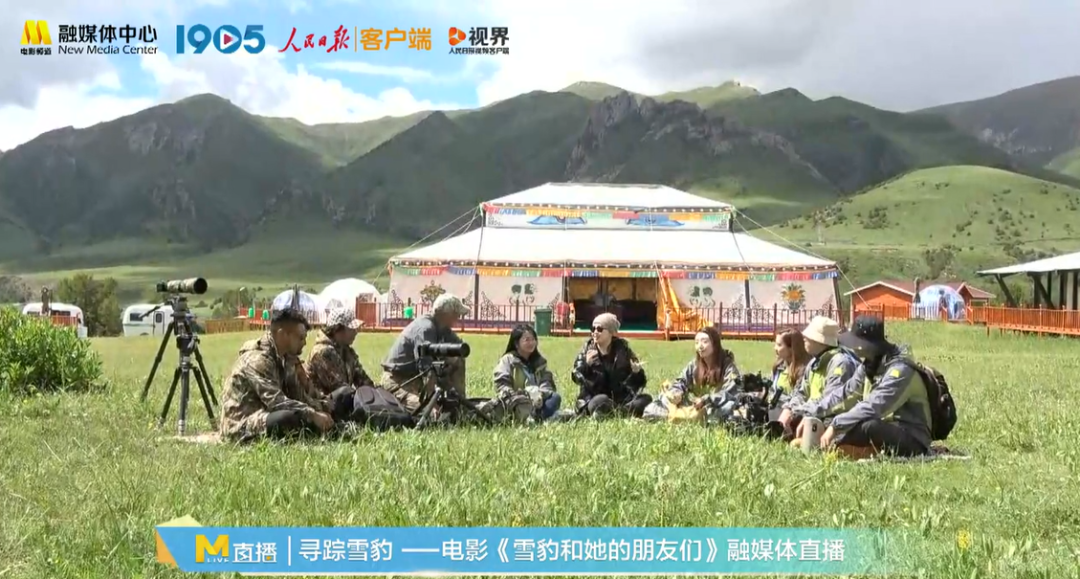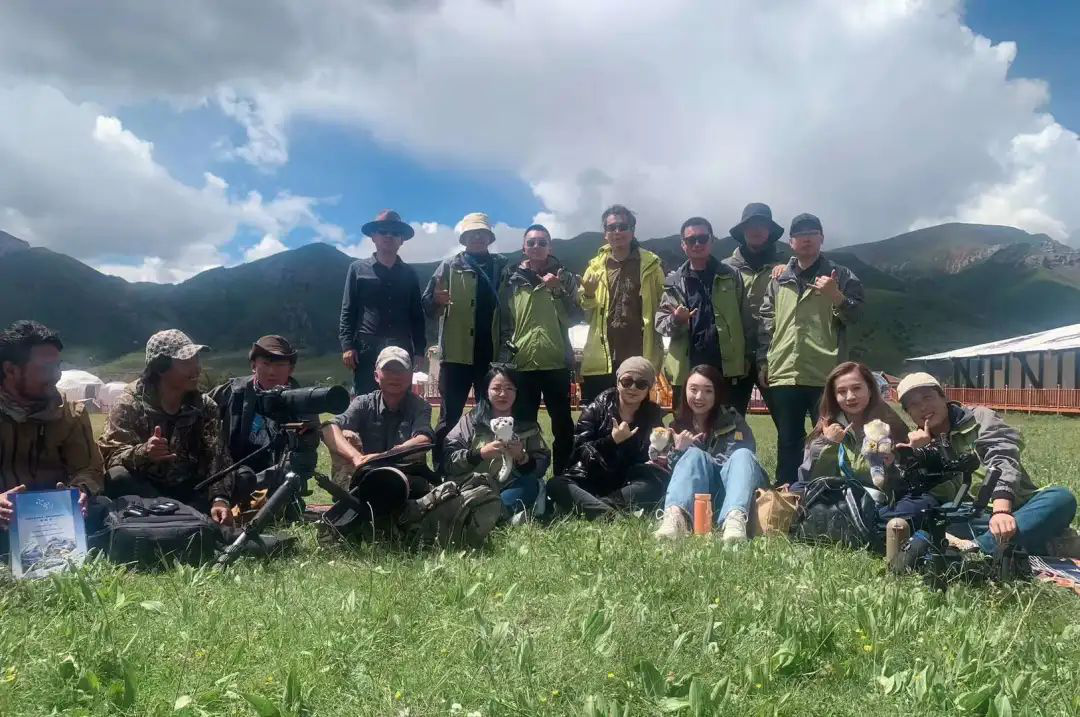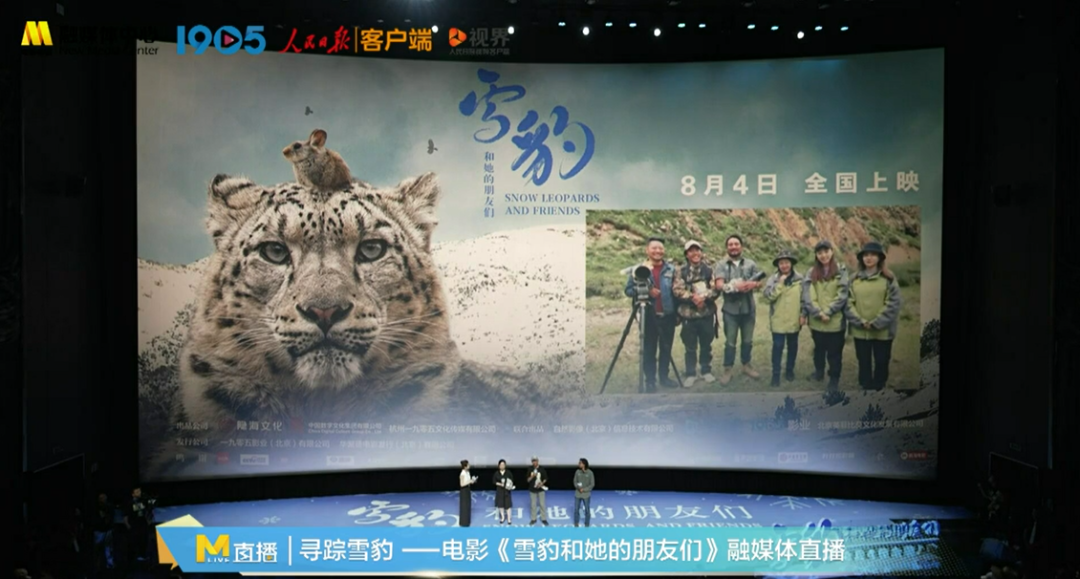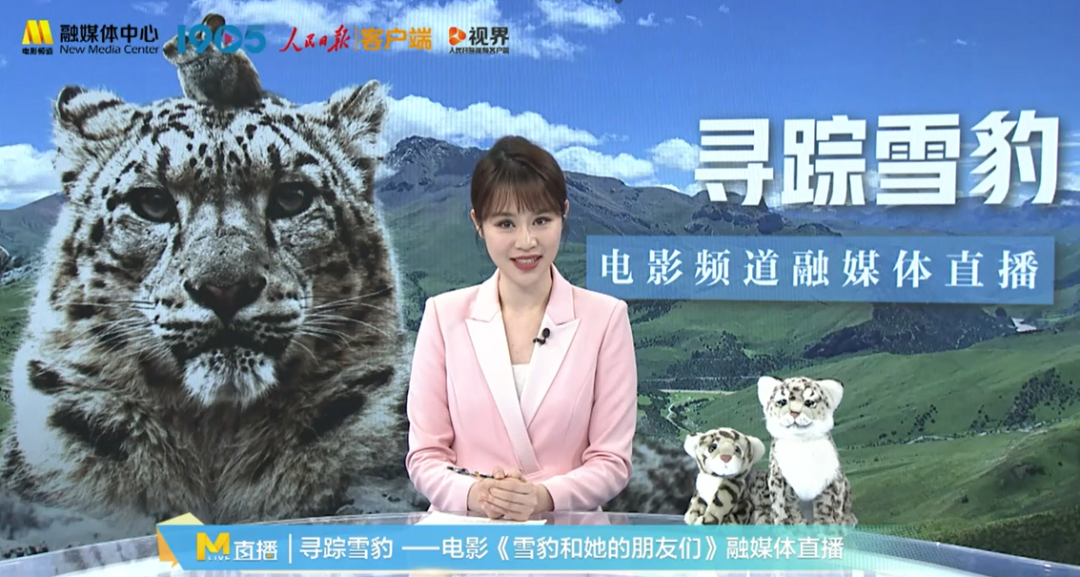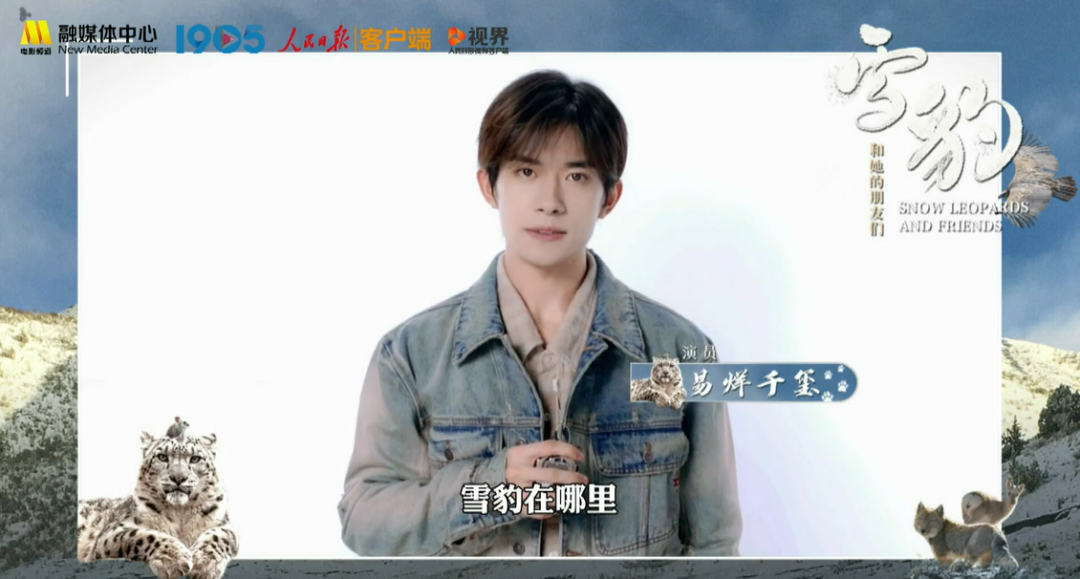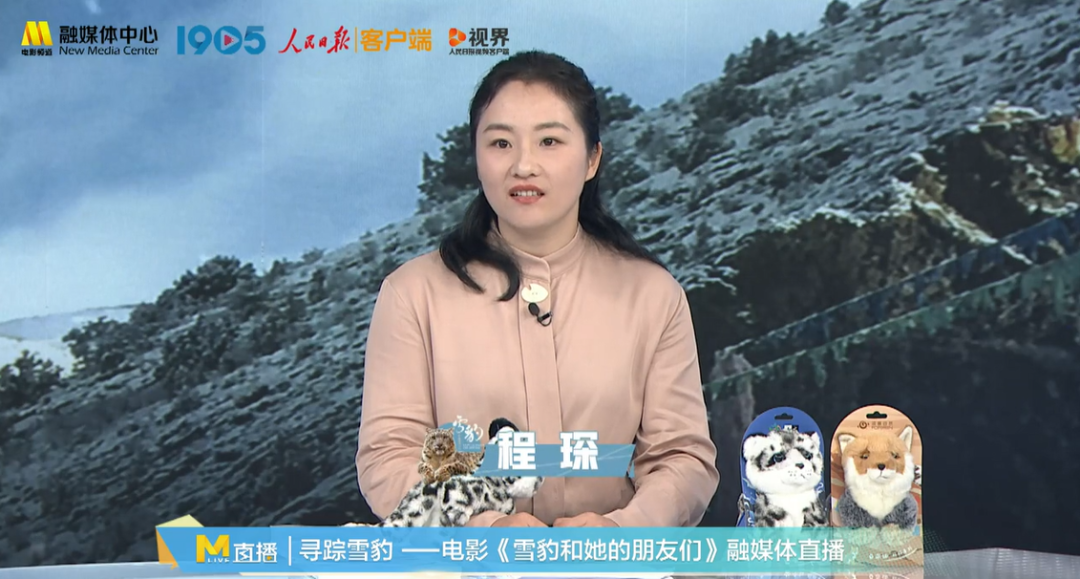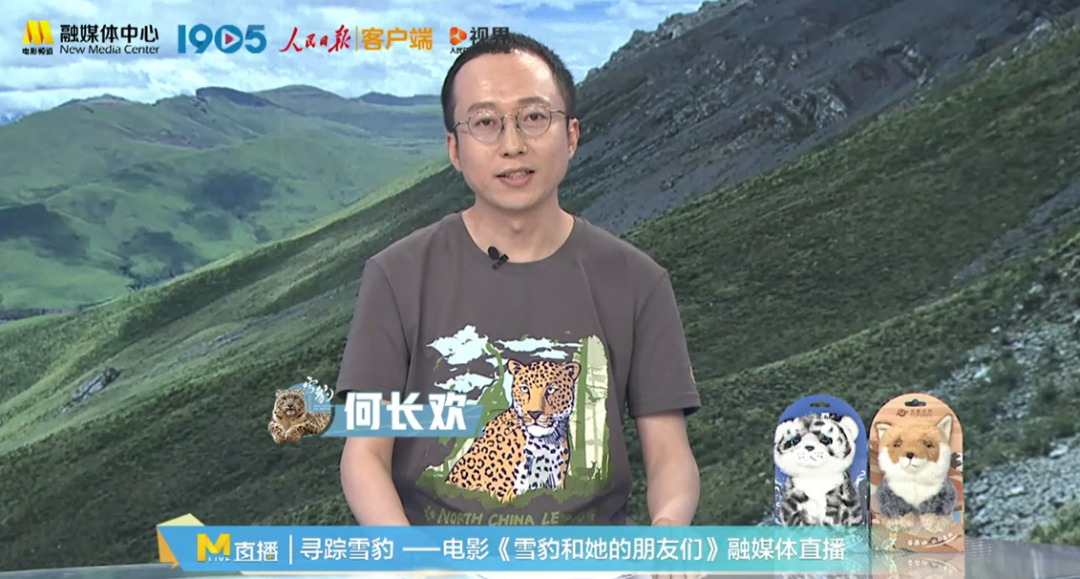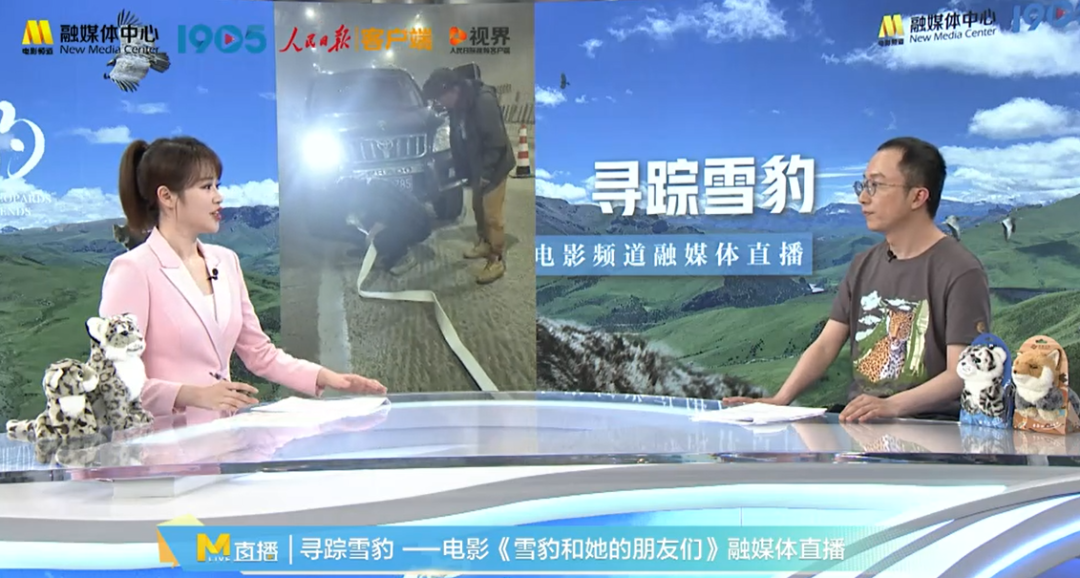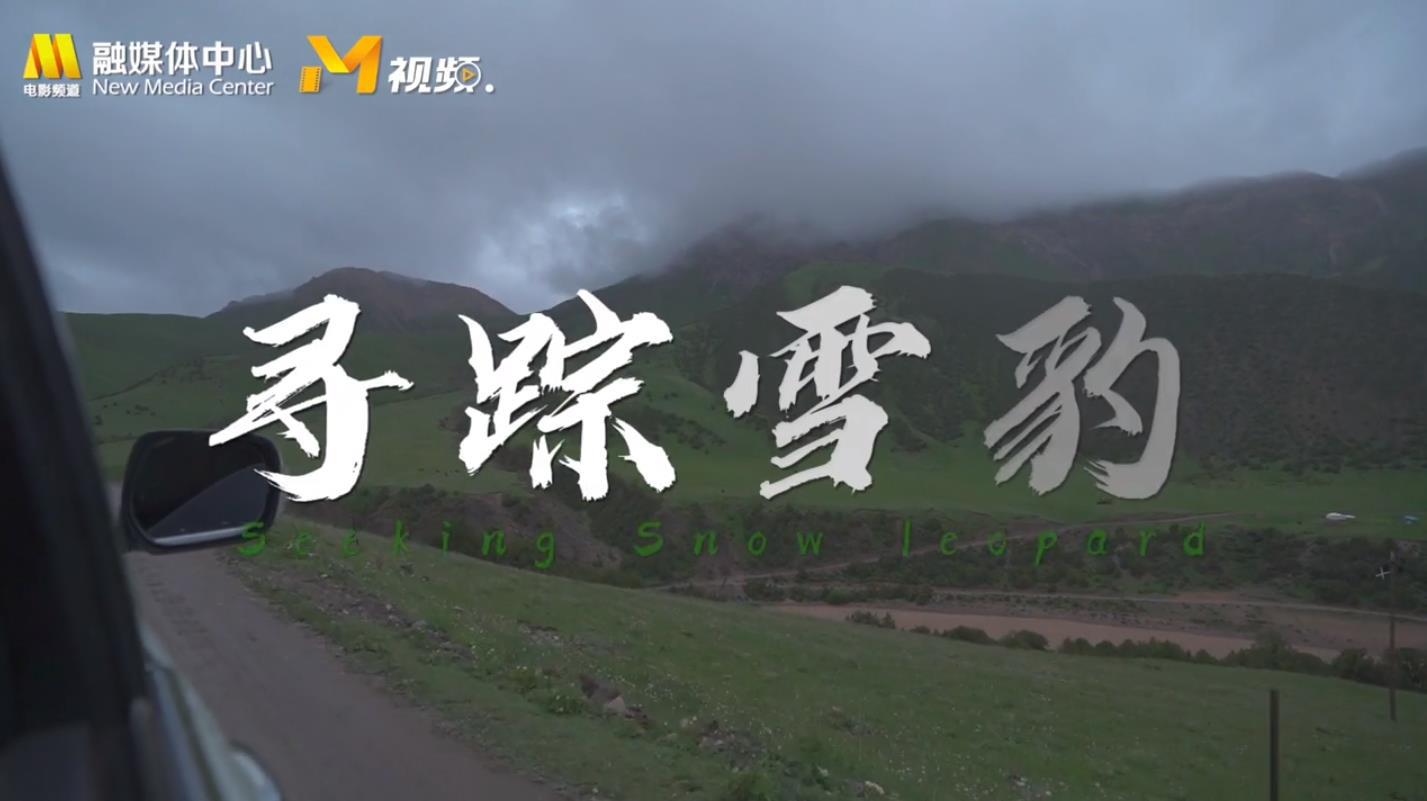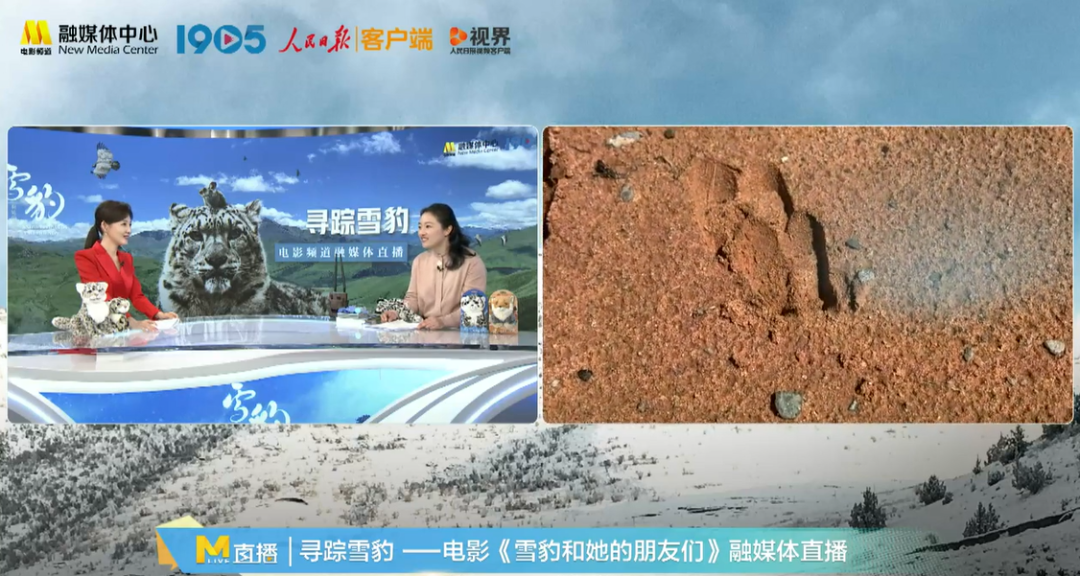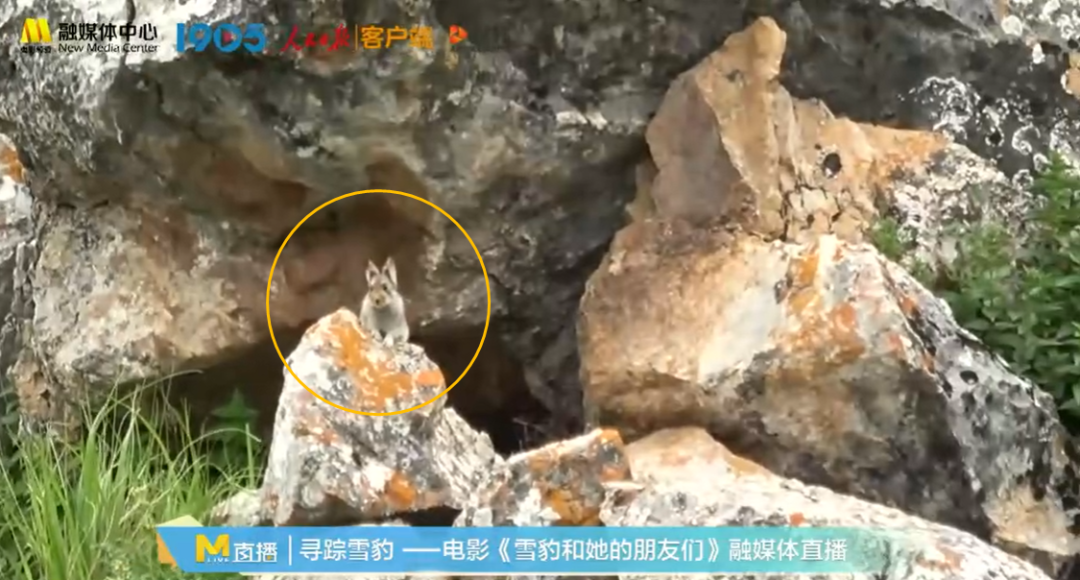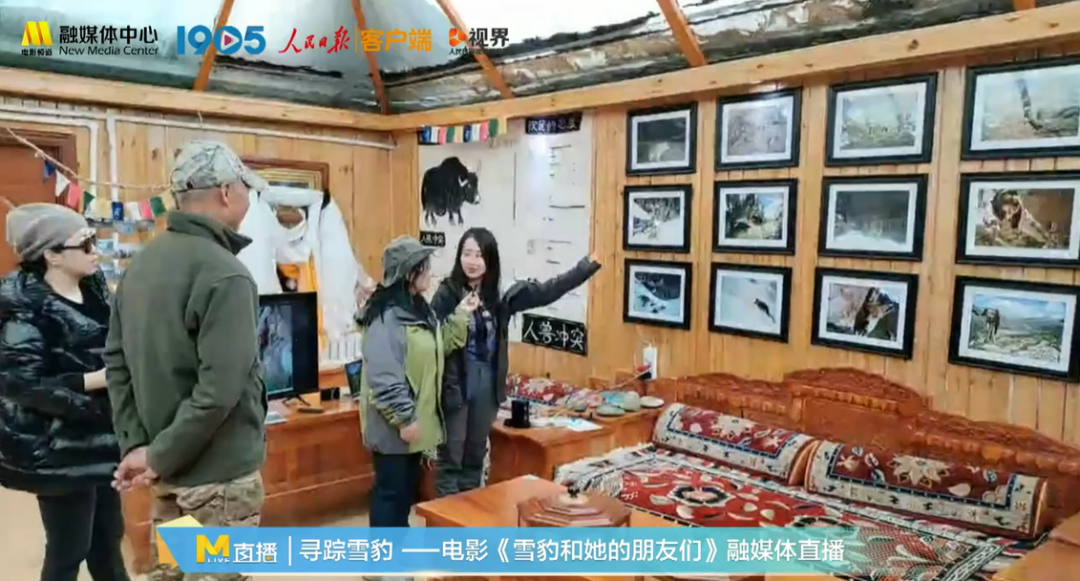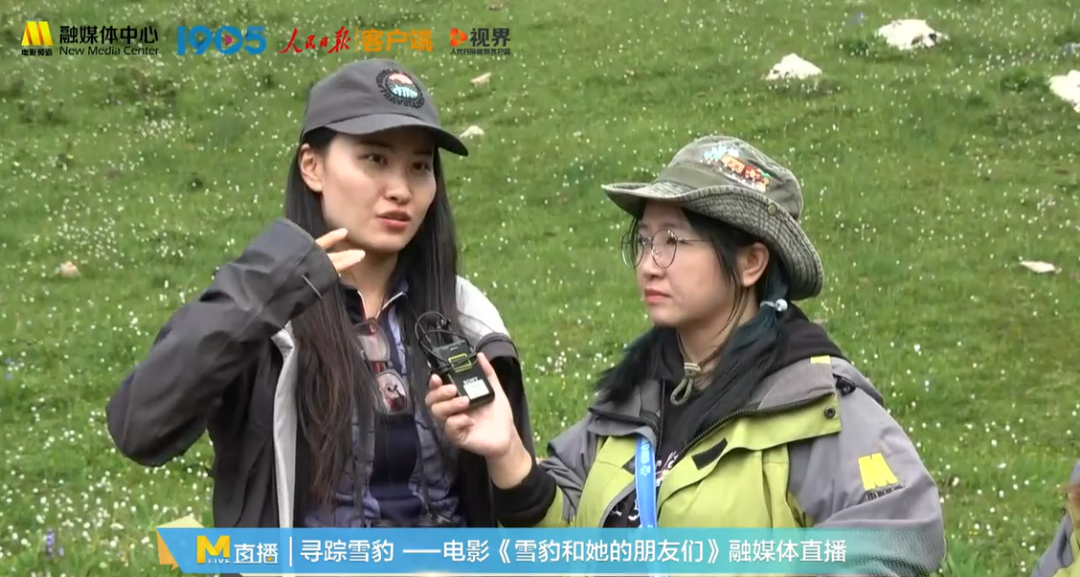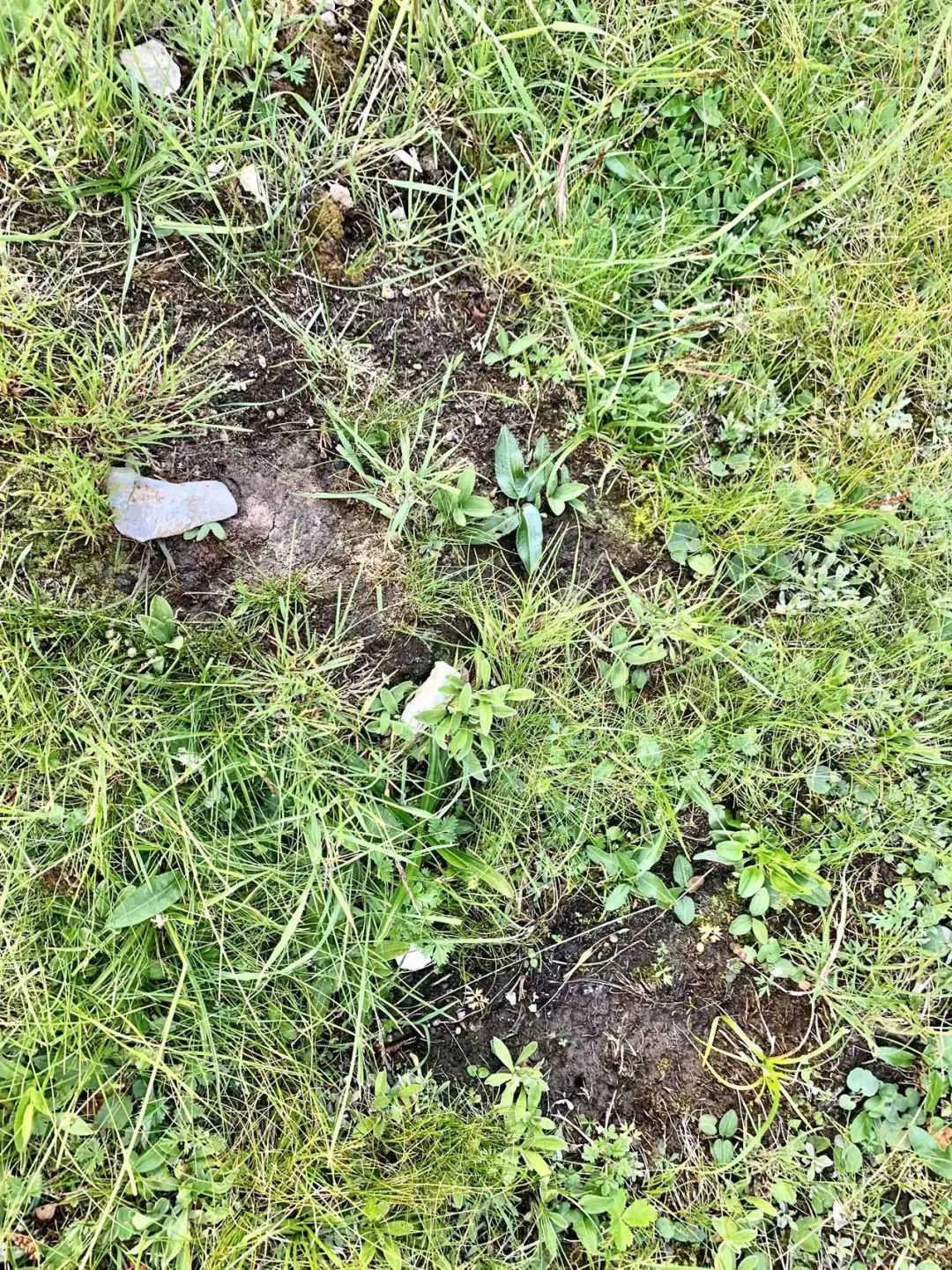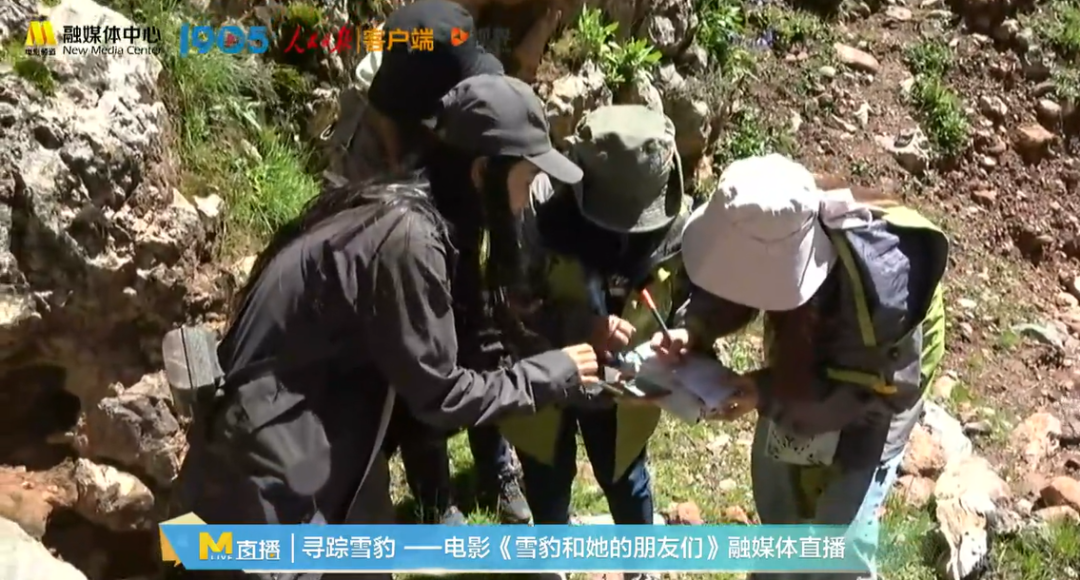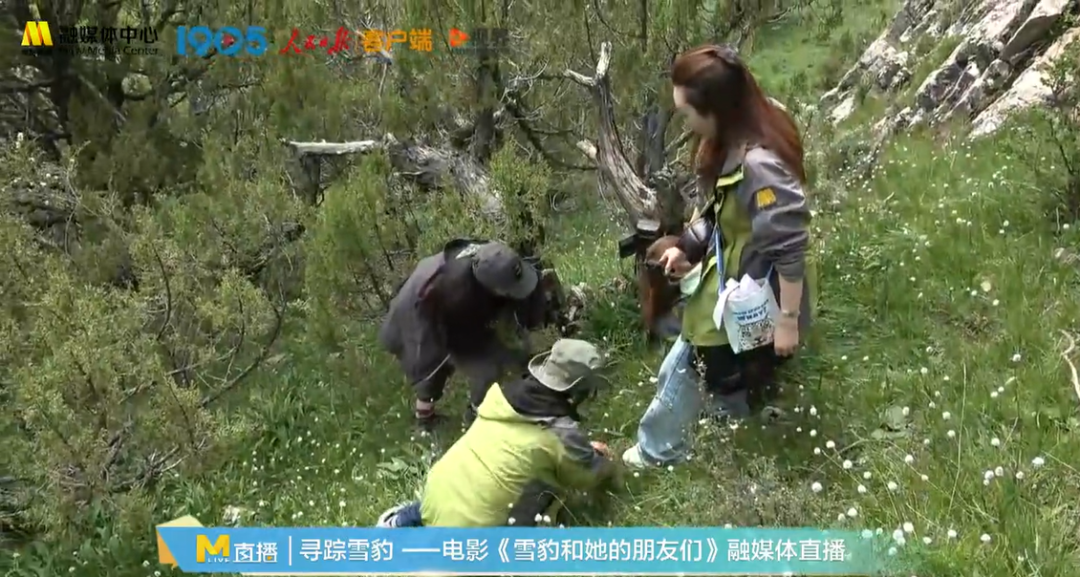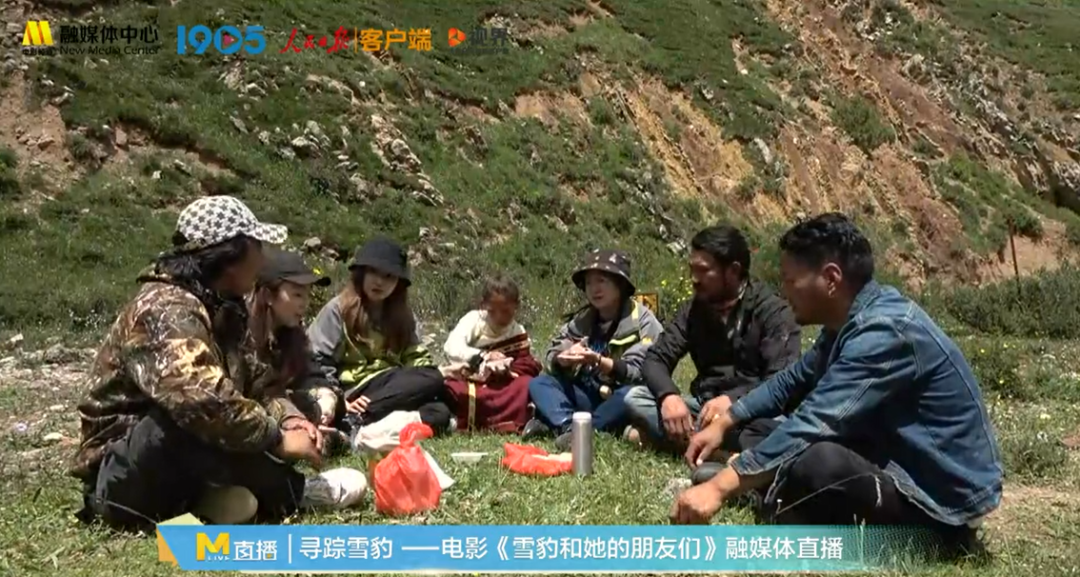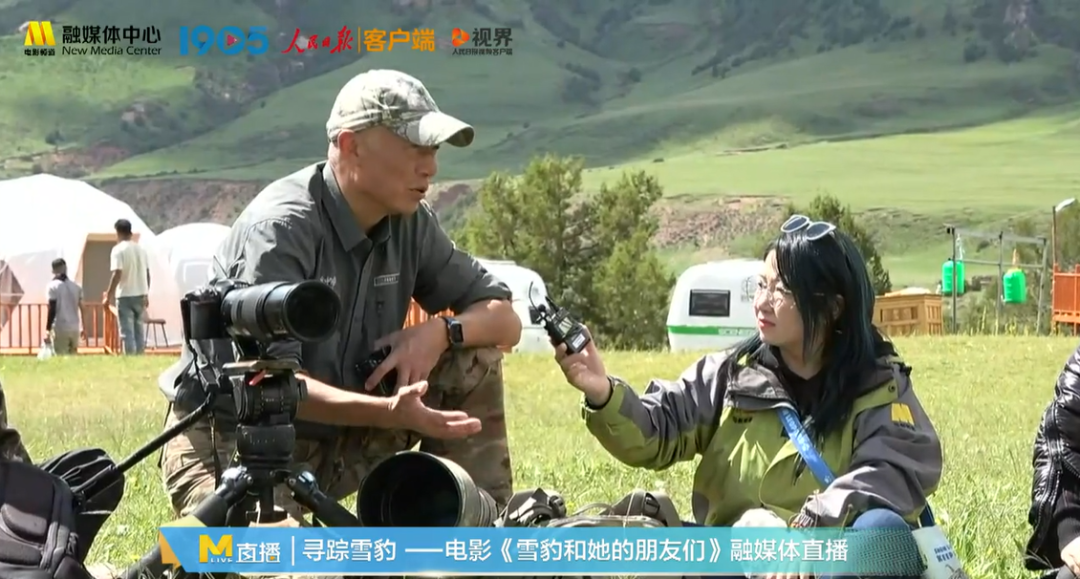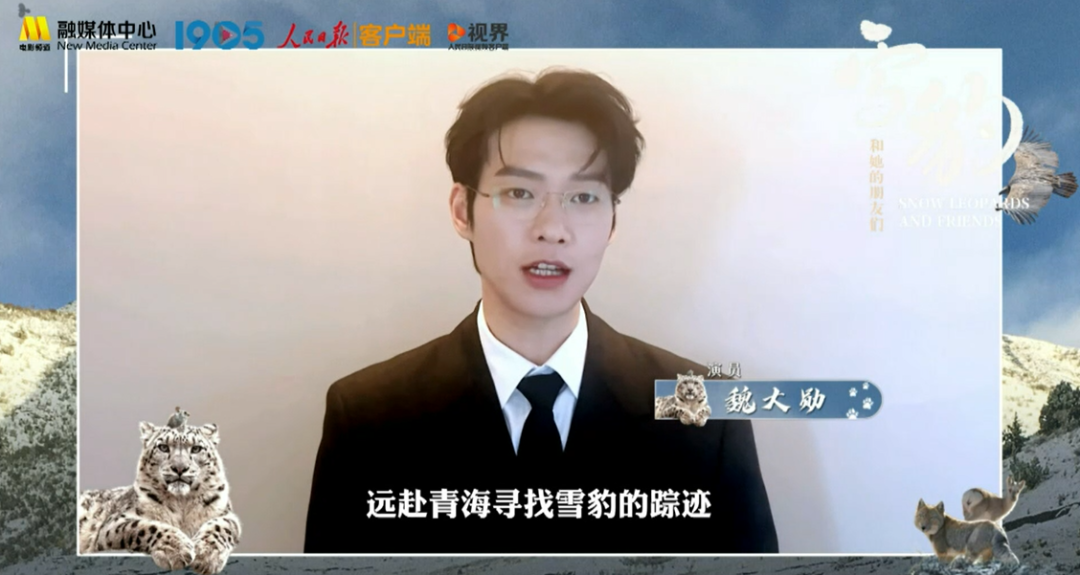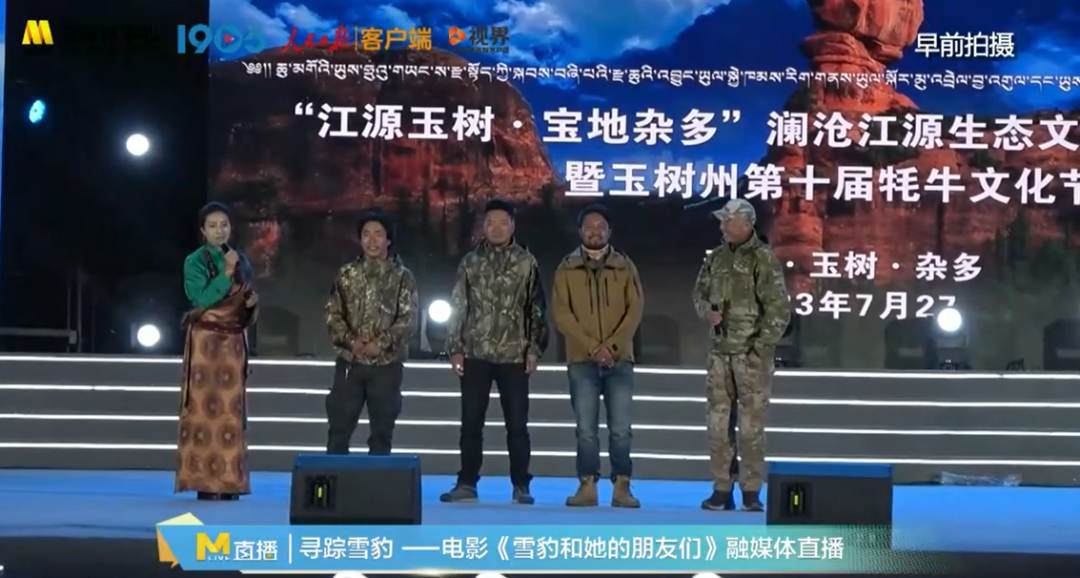The Longest Day In Chang’an, which is being broadcasted, has aroused various repercussions in the archaeological and historical fields because of its exquisite restoration of Datang, and found a prototype in the museum. For example, the hejia village mentioned in the play is located in Xinghua Square in Chang ‘an in the Tang Dynasty, one of the top ten archaeological discoveries in China in the 20th century, which was hoarded in hejia village in the Tang Dynasty, and its permanent exhibition is displayed in Shaanxi History Museum. The gold-plated silver pot used by the character He Jian in the play was signed as "Gold-plated Silver Pot for Horse’s Cup Dance" in Shaanxi Libo. The knife used by Li Bi, another character in the play, in Jing ‘an Division seems to be a wooden scabbard with golden color. For similar reference, it can be seen that the knife is hidden in Zhengcangyuan.
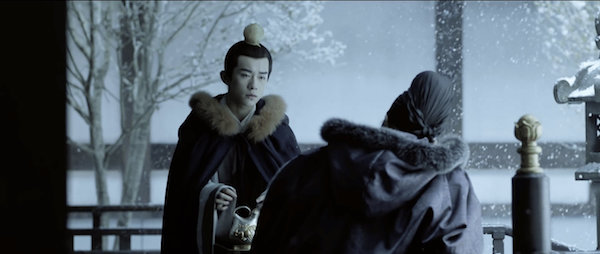
Hejian study room
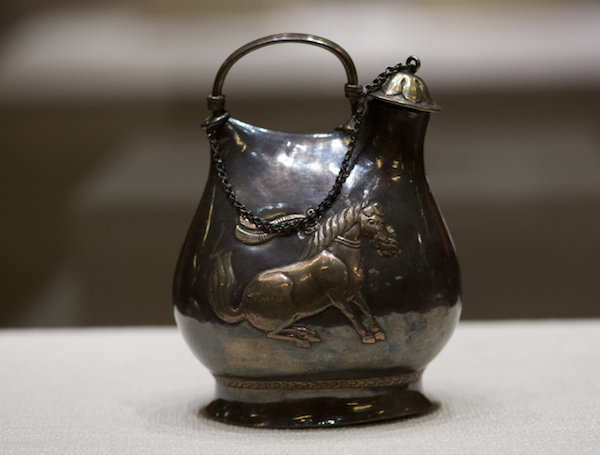
According to records, during the Tianbao period of Emperor Xuanzong of the Tang Dynasty, a grand banquet was held in front of Xingqing Palace every "Qianqiu Festival" to receive congratulations from civil and military officials, foreign envoys and ethnic minority leaders, and to entertain with horse dancing. And accompanied by "Pour Cup Music", the dancing horse will hold a glass full of wine on the ground to celebrate Xuanzong’s birthday. As the saying goes:
"Bend your knees and go to the festival with a cup, and offer your life without boundaries. There is also a cup final banquet, and you are drunk."
However, after the Anshi Rebellion, Emperor Xuanzong of the Tang Dynasty abandoned the city and fled. The dancing horses were scattered to Tian Chengsi, a general in An Lushan. One day, the army feasted, and the dancing horses danced to the beat when they heard the music. When the soldiers saw it, they mistakenly thought it was a demon and beat the dancing horses to death. The instant scene of horse dancing birthday is always fixed on this silver pot, which has also become the best witness of the rise and fall of the Tang Dynasty.
The gilded horse cup with silver pattern is like a leather bottle. The leather bottle is a common water container for the northern grassland people, and it is often used when traveling on horseback, so you can store drinks without worrying about breaking them. The Central Plains skillfully uses its shape and uses different materials to simulate skins as wine vessels, which is quite clever.
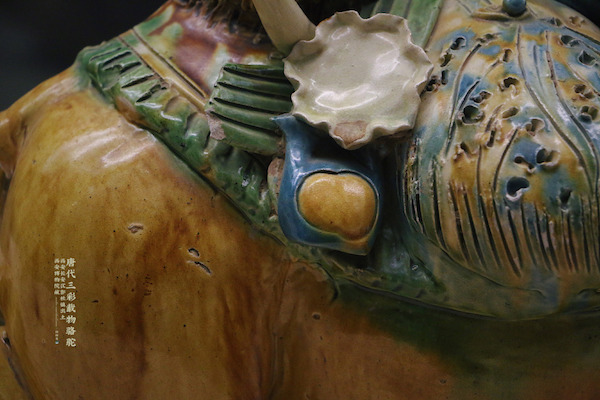
The white porcelain phoenix-headed skin pot unearthed in Gucheng County, Hebei Province in the late Tang Dynasty is such a fine product:

If you look closely at He Jian’s study, the furnishings of the bones and bones are dizzying. From the bookshelf on the left, first of all, it is a white porcelain Shuanglong bottle, which is a popular style in Sui and Tang Dynasties. It has been fired under the influence of Hu bottle in the Central Plains since the Northern Dynasties.
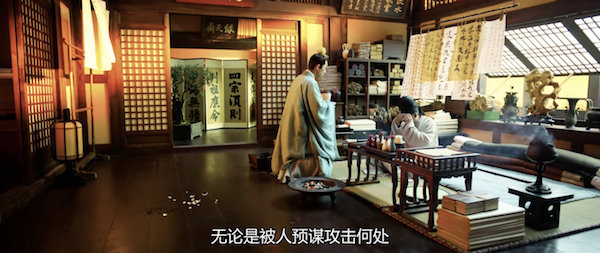
The prototype, such as the White Glazed Shuanglong Bottle of Gongxian Kiln in Tang Dynasty in the Palace Museum, is full and vigorous. It’s very interesting that the dragon head holds the bottle mouth with a pair of beams, and it’s still very interesting to draw water from the bottle.
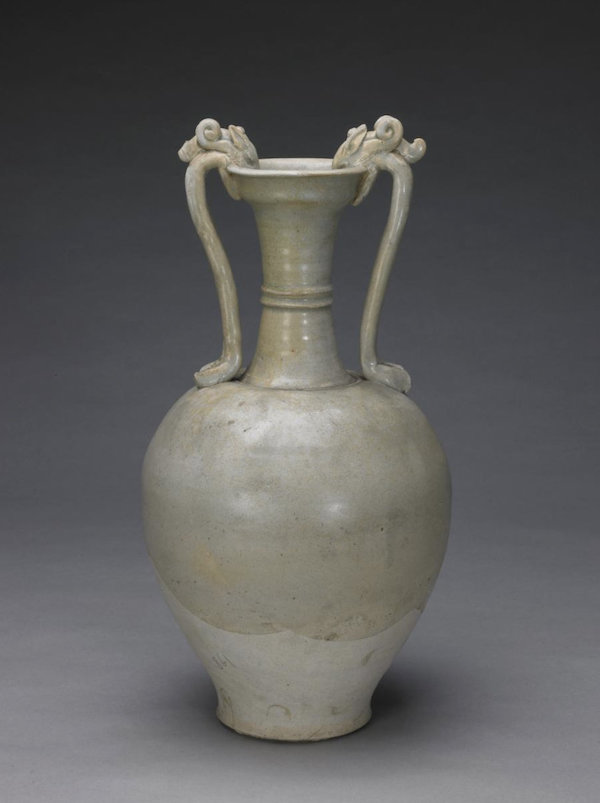

The double bottles unearthed from Li Jingxun’s tomb in the fourth year of the Sui Dynasty in Xi ‘an (608) are also of this kind, but it is very rare to use double bottles in the abdomen and share a neck. Tianjin Museum has a duplicate bottle with the same model from Gongxian kiln in Sui Dynasty, and the inscription on the bottom reads: "This bottle is passed on and merged", indicating that this kind of bottle may be called "passed on" in Sui Dynasty.
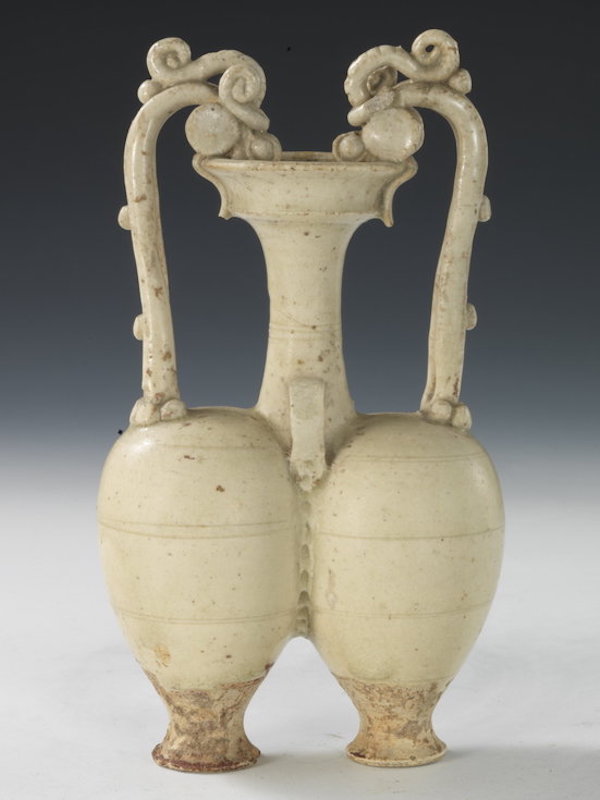

In addition to porcelain bottles, there were bronze Shuanglong bottles in the Tang Dynasty, such as one in the Poly Art Museum.
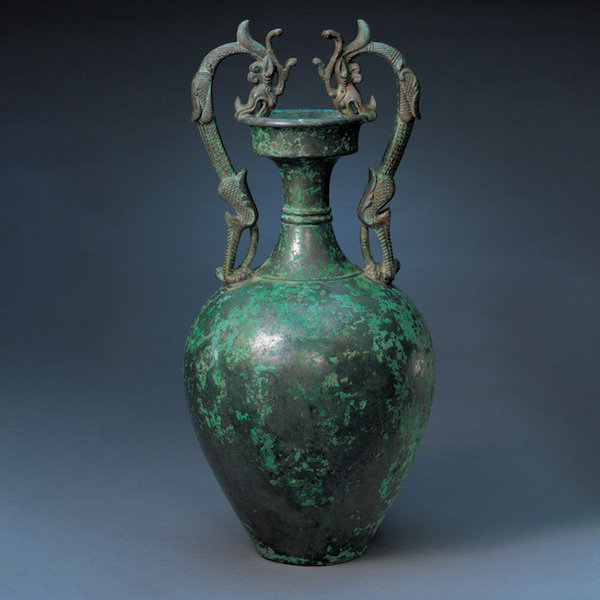
In addition, the imitation of ancient products in the Qing dynasty is also exquisite and delicate. See the Yong Zheng powder green glaze applique Shuanglong Pankouzun (LOT:2888) shot by Christie’s in Hong Kong in 2017. The lines are slimmer and softer, and the glaze color is green and lustrous, which is the pinnacle of the single-color glaze products of Yong Zheng Imperial Kiln. In the end, it was sold for nearly 125 million RMB, which shows that this kind of modeling objects have been sought after since Sui and Tang Dynasties.

Look closely at the furnishings of He Jian’s study, among which bronze wares and stone appreciation are also worth exploring:
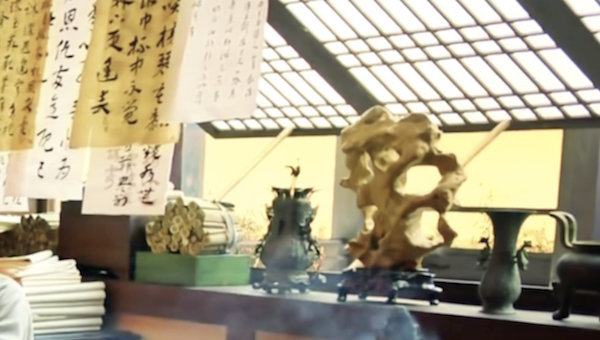
On the left is a miniature version of the national treasure bronze lotus crane square pot. The prototype of the Forbidden City in Beijing and the Henan Museum is one each, which was unearthed from the tomb of Zheng State in Lijialou Village, Xinzheng in the Spring and Autumn Period.
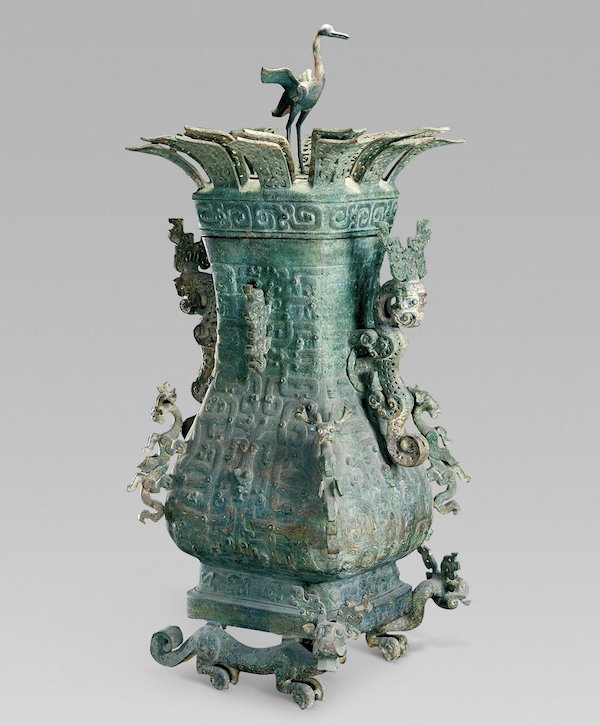
The stone is placed in the middle with a rosewood seat. Appreciating stones in the Tang Dynasty has become popular, and it has become very common for scholars to appreciate and chant stones, such as "Records after Shao’s Hearing":
"Li Deyu enemies, different countries also, its good is every same. Today, the stones in Luoyang Gongqing Garden are carved with strange chapters, and monks and children are old things; Those who carve a flat spring are virtuous and rich in old things, and they are half-equal. For example, Li Bangzhi returned to Renyuan, the old home of monks and children, and buried several stones, but it has not yet been made. Pingquan is on the right side of the dragon, and its land can only be distinguished. If you ask Deyu for the flowers and trees, it will be easy to use rice. "
It can be seen that the stone appreciation of the two is mainly garden appreciation. Another example is Bai Juyi’s "Taihu Stone" cloud:
"In summary, there are three mountains and five mountains, hundreds of holes and thousands of valleys, and wisps of clusters shrink, all of which are among them. A hundred punches, a thousand miles in a flash, sit and get it. This is why it is used for public convenience. "
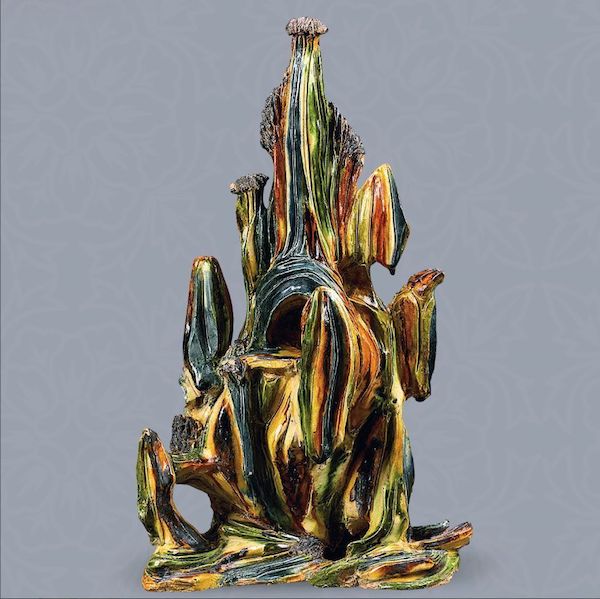
The so-called benevolent Leshan, knowing that the Tang people appreciate stones, is to see the big from the small, intended to "look at the mountain." In the garden, the mountains are the most important, but the "stone appreciation" is just to replace the "mountain tour". For example, the three-colored mountains in the Tang Dynasty are hidden in the Wangye Museum, and the mountain-shaped stone potential is particularly obvious. And like He Jian, who arranges stone appreciation indoors, as Yao He of the Tang Dynasty said at the end of the poem "Buy Taihu Stone":
"In front of the study, xiao fog often dispute. The blue light enters the neighborhood, and the walls are difficult to cover. When a guest comes to call my house, he suddenly feels like a rock. "
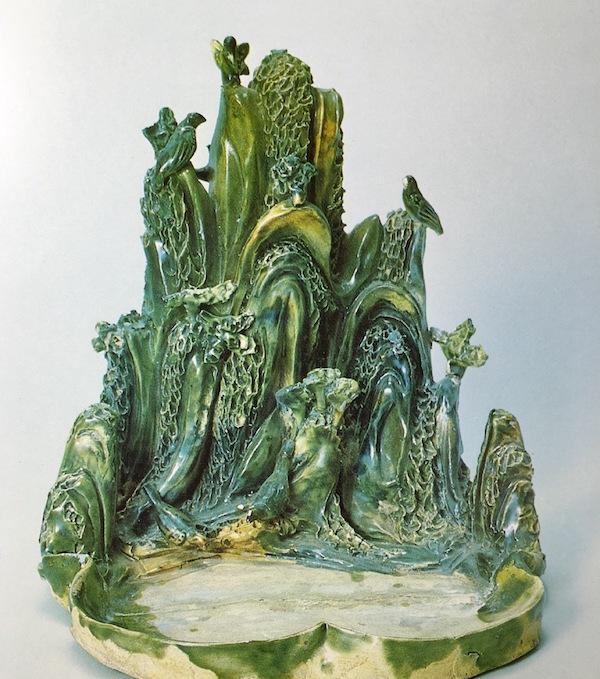
However, the right bronze bottle and double animal ears on the window sill of stills are unknown. The rightmost Boshan fuming stove is the Han Dynasty standard.

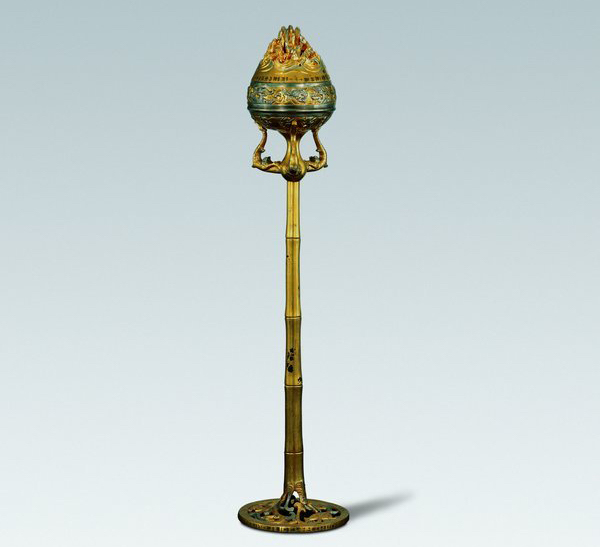
The Western Han Dynasty’s "Golden Tu Bamboo Festival Fume Furnace" unearthed in Xingping, Shaanxi History Museum is the most wonderful of this kind of Boshan furnace, and the Boshan-style smoke cover in the play is similar to this product. The same Boshan fuming stove also appeared next door to Jing ‘an Company.
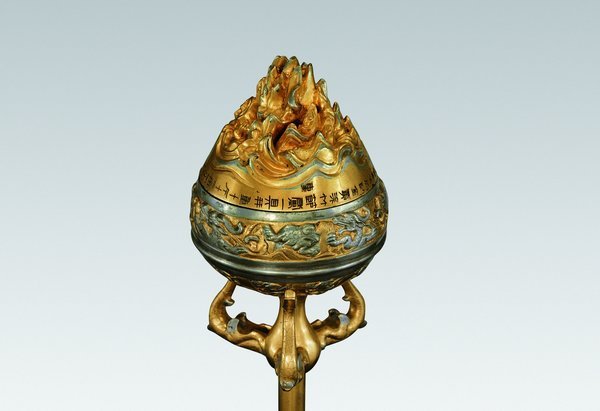
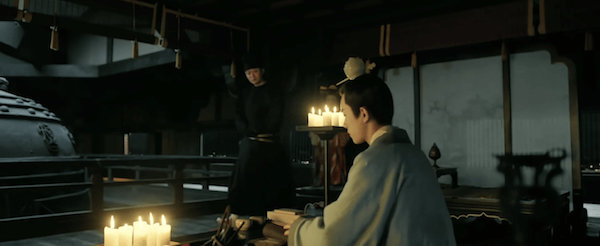
The most common Boshan-style furnace in Sui and Tang Dynasties is found in the green glazed lotus petal Panlong Boshan furnace in Gongxian kiln unearthed from the tomb of Princess Xu of Fengning in Sui Dynasty, Shaanxi Province, and its same model is also found in the collection of the Forbidden City in Beijing and the old collection of Jingguantang auctioned by Christie’s in Hong Kong in autumn 1996.
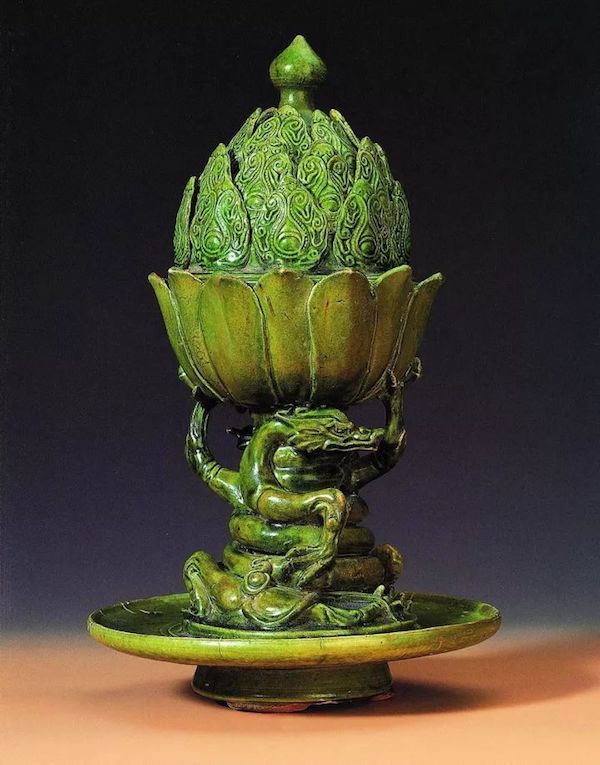
In addition to green glaze, there is also an example of white porcelain products in the collection of Daiwa and Wenhua in Nara.

It seems that He Jian likes to collect antiques and use bone dong as a practical tool. Then look at the basin. The basin on the left is not in the Tang Dynasty. The three-legged brazier on the right can refer to the white stone fire house hidden in the warehouse of Zhengcang Courtyard.
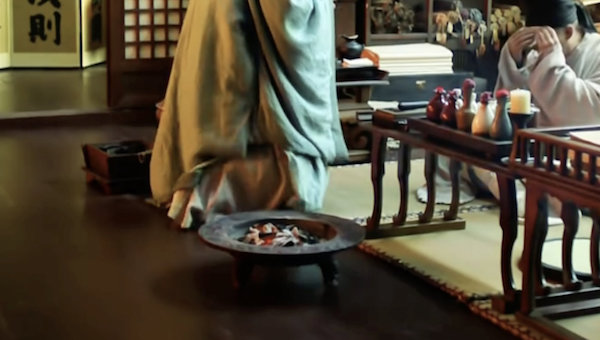
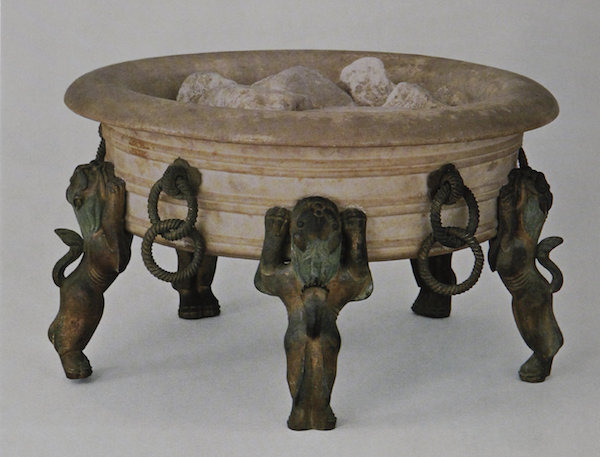
The string-patterned white stone basin is extremely resistant to charcoal fire, and it seems that there is still residual ash in it. It is equipped with five bronze lion feet and a twisted chain for easy carrying. The author once saw a picture of a lady’s weapon in the murals of the Tang Dynasty, and carried this kind of brazier. Unfortunately, I can’t remember which mural it is at the moment, but I still hope the expert can give me some advice.
Li Bi and Jing An Si
In Jing ‘an Division, the knife used by Li Bi is like a wooden scabbard with golden color, which is similar to the knife hidden in Zhengcang Courtyard.
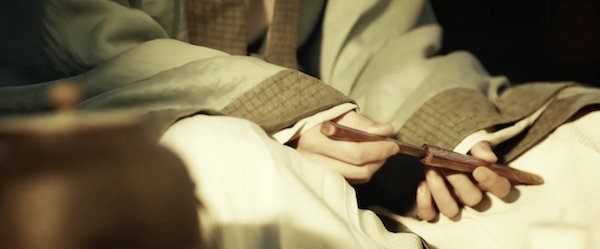
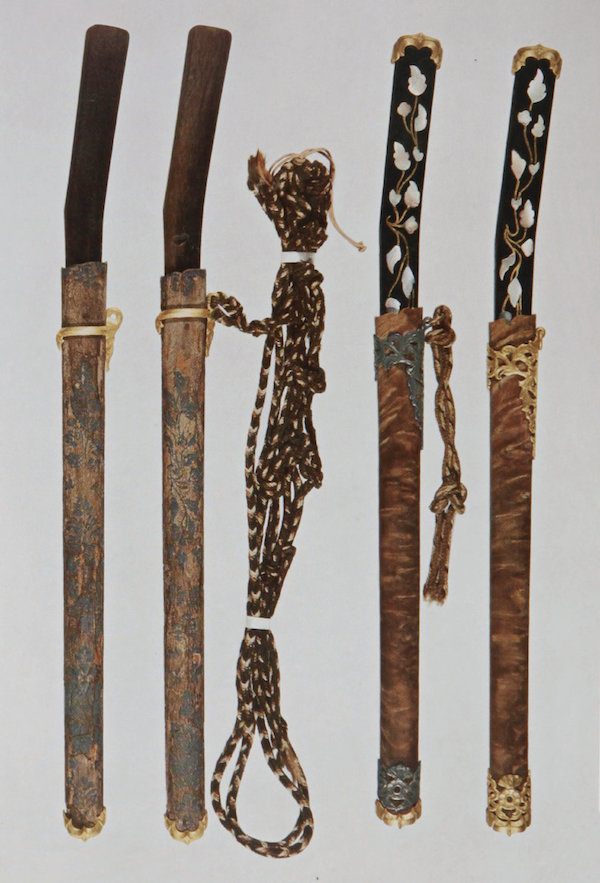
Use the rhinoceros horn handle on the left, draw the scabbard with agarwood silver, and use the rosewood mother-of-pearl handle and rhinoceros horn scabbard on the right. All of them are loaded with gold and silver, and they are decorated with colored ropes, which is extremely luxurious.

There are many knives in Zhengcang Hospital, which are more functional than Li Bikuan.
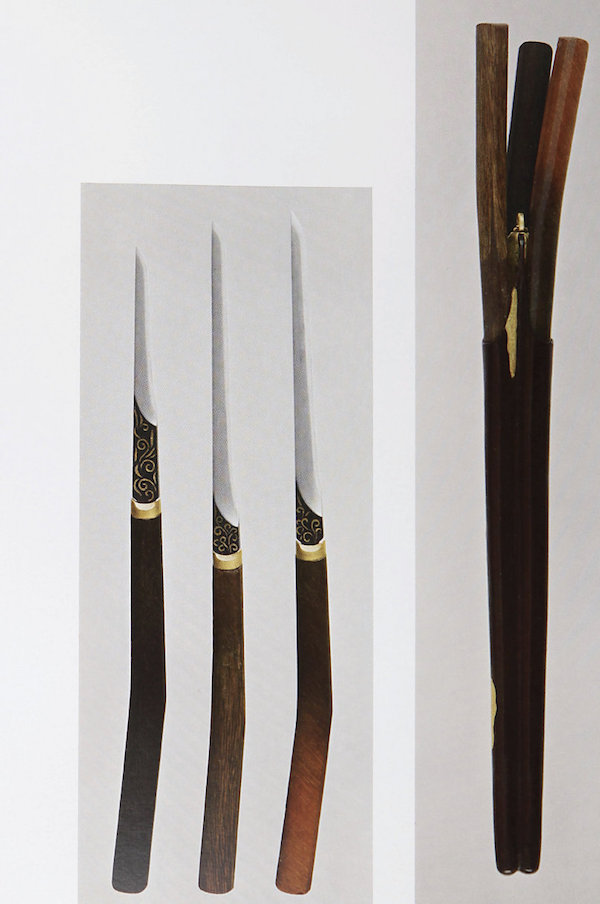
Three-in-one scabbard royal knives in Zhengcang Hospital store three knives with one scabbard. The handle is made of different materials and sizes, which is exquisite and lovely. Even more exaggerated, such as the ten-fold sheath imperial knife hidden in the north warehouse of Zhengcang Hospital, is that ten pieces are stored in one sheath, and six knives are wrong, cymbal and drilled, which is counted as ten, such as the Swiss army knife today.
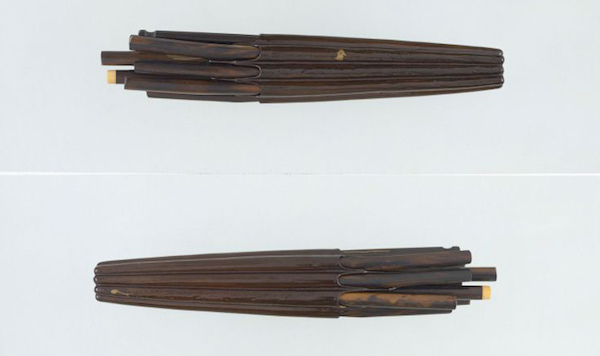
However, the compact placed on Jing ‘an’s case was a common arc-shaped round box in Song and Yuan Dynasties, while the glazed compact in Tang Dynasty was more flat and angular (for example, the glazed compact in Yue Kiln in Tang Dynasty in the Forbidden City in Beijing and the tri-colored round box in Tang Dynasty in Fuji Art Museum in Tokyo), and it was not until the Southern Song Dynasty that most of them were rounded.
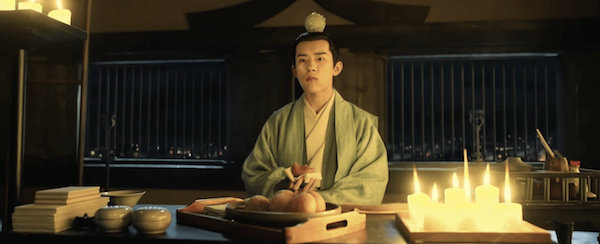

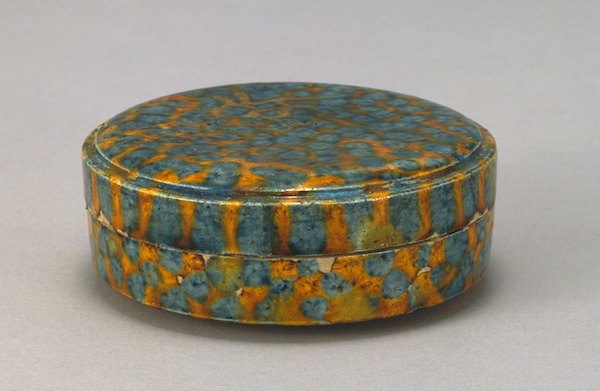
Look at the styles of the Song Dynasty, such as the Hemerocallis-patterned powder box in Ding kiln of the Song Dynasty in Taipei Palace Museum and the white porcelain box in Jiexiu kiln in Shanxi Museum, which are more full in shape.
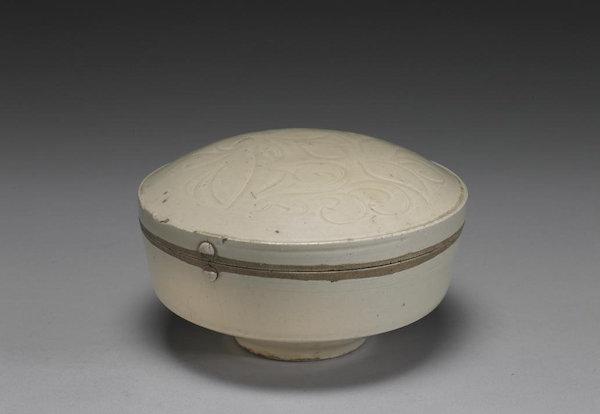


However, the silver round box with a pattern on the head of the sword unearthed from the tomb of the Southern Song Dynasty in Chayuanshan, Fujian Province, and the blue-and-white porcelain powder box at the entrance of Fujian kiln in the British Museum are common arc round boxes after the Song and Yuan Dynasties.

On the left side of the picture, there is a big incense burner facing the sky, and its prototype comes from the bronze pan since Shang and Zhou Dynasties. The most famous one, such as the Shang King unearthed in Xingan Oceania, Jiangxi Province, has two ears and four animal feet. It is the largest piece seen at present, with a perforated plate in the upper part and a cooking utensil in the middle. However, the square shape was not obvious at that time.

Rongzi’s traveling square in the Asian Art Museum in San Francisco is a very rare split square in the early Western Zhou Dynasty, and the ears used in the lower part were used by the incense burner in the later period. For example, the double-eared generous furnace in the above picture in the play, the "retort" in the upper part has shrunk greatly and exaggerated to the sky, which is more common after the Song Dynasty.
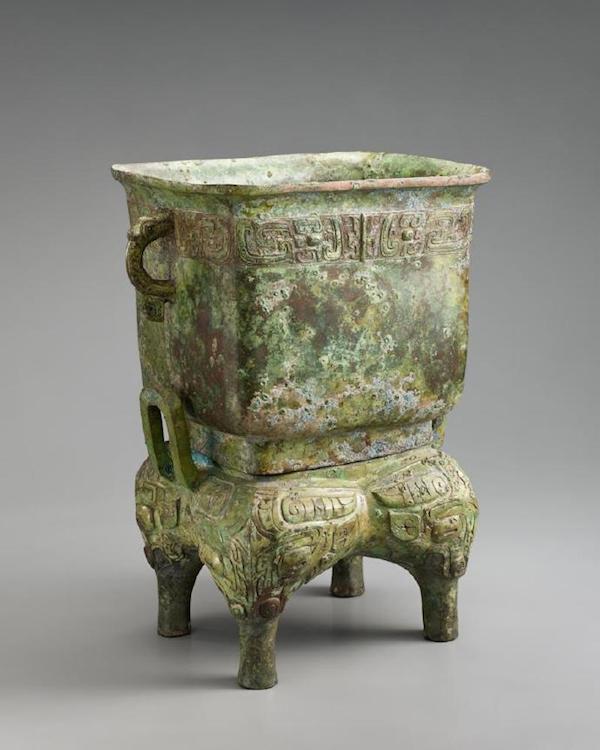
Tanqi residence
The mirror with handle on the frame of Tan Qi residence is not common in the Central Plains of Tang Dynasty, which may be in line with the setting of Tan Qi Hu Ren bloodline.
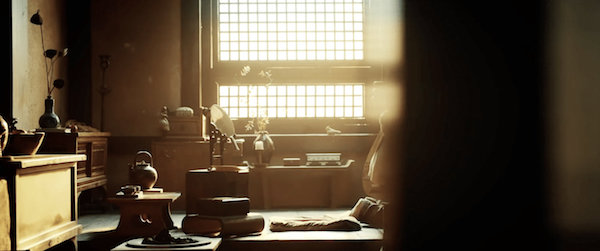
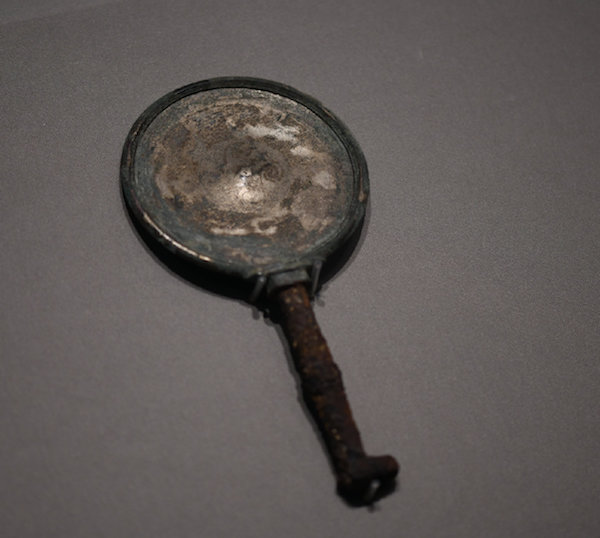
The bronze mirrors belonging to the western handle system were unearthed at Qugong site in Lhasa, Tibet, or were made in the early metal age in Tibet.
On the other hand, the rough-tire beam-lifting pot in the case is a common model after the late Ming Dynasty. For example, the Qin Long blue-and-white dragon beam-lifting pot in the Forbidden City is a representative work of the official kiln in the late Ming Dynasty.

The teapot with a tall beam is like a teapot unearthed from the tomb of Jiajing in Nanjing Museum. The three-piece fancy beam lifting adds new ideas to the combination of hands.

Several details in the play are also worthy of attention:
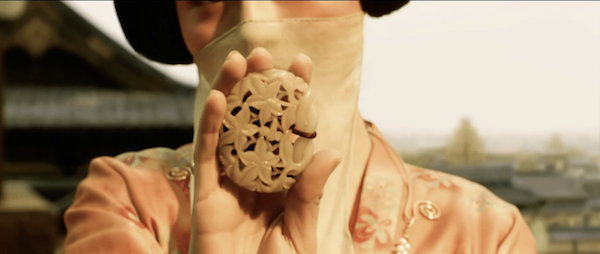
Yu Pei, the so-called "Li Hua" in the play, can refer to the Yu Pei with Hemerocallis of Jin Dynasty in the National Museum after the Song Dynasty.
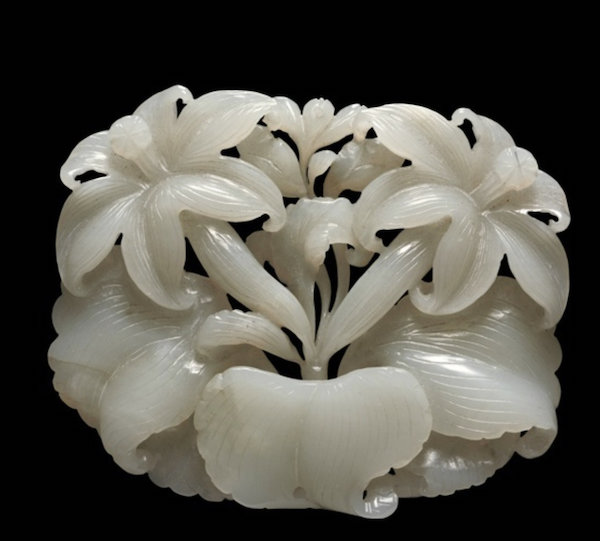
In the play, the branches and leaves intertwined under the carved jade ornaments can also refer to an example of Yu Pei with broken branches and flowers in the Jin Dynasty unearthed in Fangshan, Beijing, which is very beautiful.
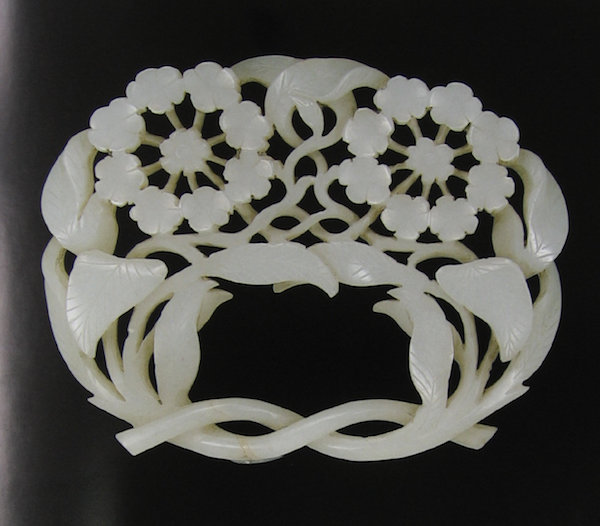
The candle lamp with glass cover used by Guo Jiangjun looks familiar. The glass bottle unearthed in the underground palace of Famen Temple is really this plastic-sticking pattern, but the bottle body is cut flat and cut off in the play, and it is used upside down. This borrowing is the most unique, and I believe it is difficult for ordinary people to find it.


The method of sticking plastic circles and stars on glassware is popular in West Asia, and the modeling or drawing lessons from Sasan’s metal bottles and other utensils also affects the modeling of Chinese porcelain. It is a high-grade imported vessel in the Tang Dynasty.
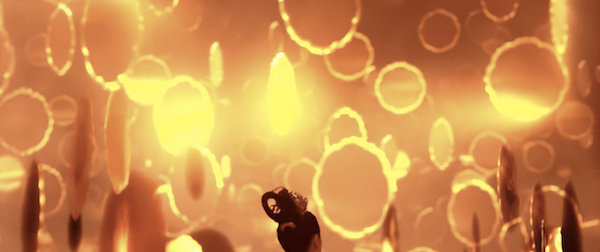
Looking at the mirror again, although there is no decorative mirror back on the mirror surface, the shape of its sunflower mouth can be referred to the bronze mirror of Hua Niaowen, a feather man with sunflower mouth in the National Museum, which is one of the most luxurious special craft mirrors in the Tang Dynasty.
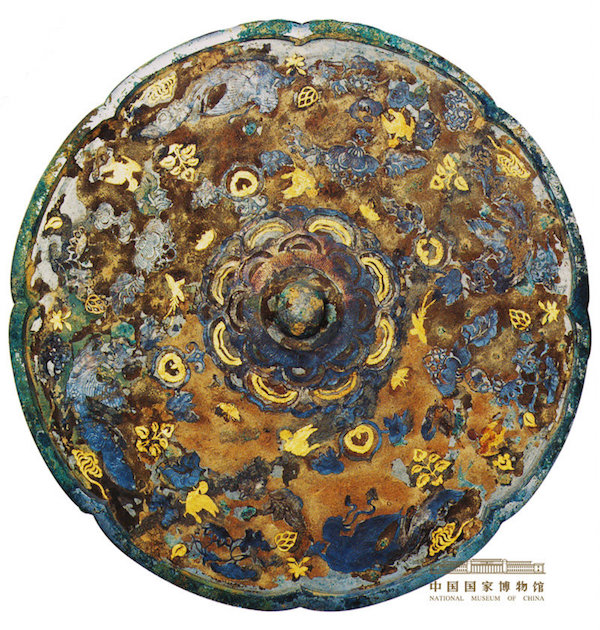
Nestorianism
Finally, talk about Nestorianism in the play. As we all know, in the Tang Dynasty, the Nestorius Sect, which originated from Christian heresy in West Asia, was introduced to China. Although it was founded only 120 years earlier than the Tang Dynasty, it began to spread to Central Asia and other places at the beginning of its birth, and it has been very active. However, there are still many puzzles about the actual situation of his missionary work in China.

For example, there are "more than a dozen" Nestorianism temples in Chang ‘an, which may not be in line with historical facts. Such as "Daqin Nestorianism Popular China Monument":
"Autumn and July in the twelfth year of Zhenguan … … Our company will build a Daqin Temple in Yining Square, with 21 monks. "
In the twelfth year of Zhenguan (638), an official Nestorianism temple was established in Yiningfang, and only 21 Nestorianism monks were recognized, so there was no other clue to build the temple. As for the vague description in China Monument, a popular Nestorianism in Daqin:
"And all the States have their own temples, and they still worship Arroyo as the Lord of Zhenguo Dafa. There are ten ways to flow, and the country is resting; The temple is full of hundreds of cities, and the family is rich. "
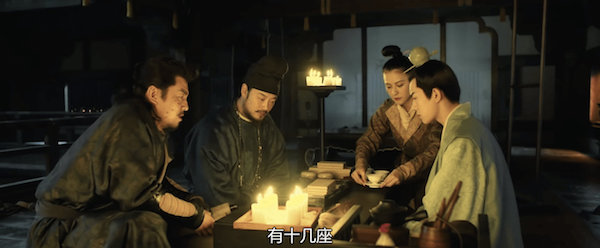
Many scholars expressed doubts, and most of them thought it was a word of self-glorification and beautification by the Jingjia people. There is no evidence to support this species, which is different from the centuries-old foundation of Buddhism, the Uighur political background of Manichaeism and the population advantage of Zoroastrianism — — — It is so weak that Nestorianism, which only relies on a few devout Nestorians to preach enthusiastically, can be widely popularized in the Central Plains in such a short time. Moreover, it is very obvious that the ordinary people in the Central Plains at that time could not even tell the difference between them and other beliefs in the western regions, and they often called them "Persian Temple". It wasn’t until the fourth year of Tianbao (745) that it was officially renamed:
"Persian Confucian classics, from daqin, learned, long trip to China. When he first built the temple, because he thought it was famous, he wanted to be a person, and he had to learn from it. Its two temples, Jingbo Temple and Daqin Temple, should be changed to Daqin Temple, which is also allowed by all the governments and counties in the world. "
However, people don’t seem to buy it, and they still use Boshu Temple to describe it. Such as Tang Weishu’s "New Records of Two Beijing":
"To the east of Cross Street, Boshu Temple, and to the south, Jude Square"
Song Minqiu’s Annals of Chang ‘an;
"Yiningfang … … To the north of the east of the street, the Persian Hu Temple (established by Emperor Taizong in the 12th year of Zhenguan for the Hu monk Aro of the State of Qin) "
Later generations still use the name of Persian Hu Temple, but the name of Nestorianism Daqin is not obvious. It is no wonder that Nestorianism monks in the play once "forcefully" emphasized that their beliefs were not Boshu Temple, but Daqinjing Temple. It turned out that there was a reason.

Then the picture turned and came to the temple. The image of Justinian I the Great of the Eastern Roman Empire (about May 11th, 483-November 14th, 565) in the mosaic mural on the wall startled me, probably for the original Byzantine atmosphere? But in fact, it is precisely because the religious conference held by the Byzantine Empire regarded the Nestorius Sect as heresy and swept the door that they moved to Persia miserably and vigorously expanded the base areas in Central Asia and even East Asia. This is really a flood that washed the Dragon King Temple. It is more appropriate to hang a portrait of the caliph than to draw a mosaic of the Roman emperor.
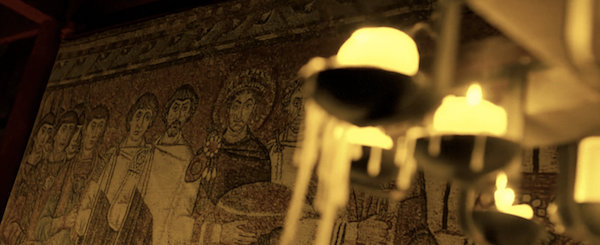
Mosaic portrait of Justinian I the Great in the Italian church of Santa Vita.
This drama is the 17th to 20th episodes. From the analysis of artifacts, we can generally outline the characters’ images, such as He Jian’s love of antiquities, Tan Qi’s descent from the Hu people, etc., and the objects of hejia village and Famen Temple are also presented one by one. Although some scenes may not be regulated during the Tianbao period of the Tang Dynasty, they are still flawed.
(Huang Songtao is a cultural relic restorer)




